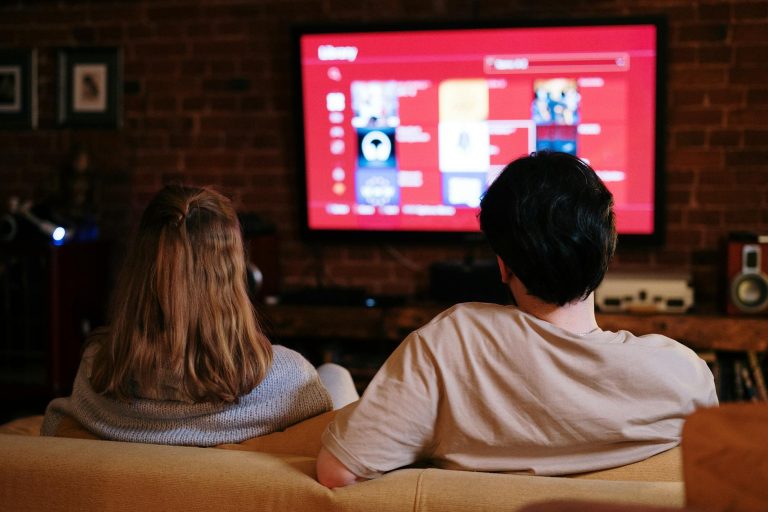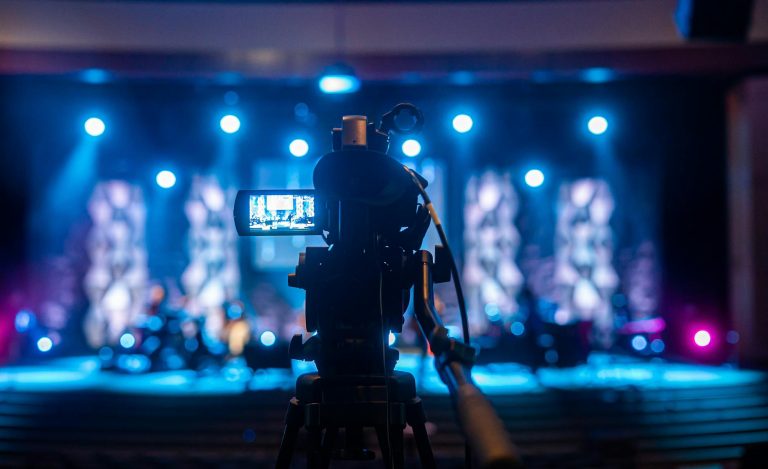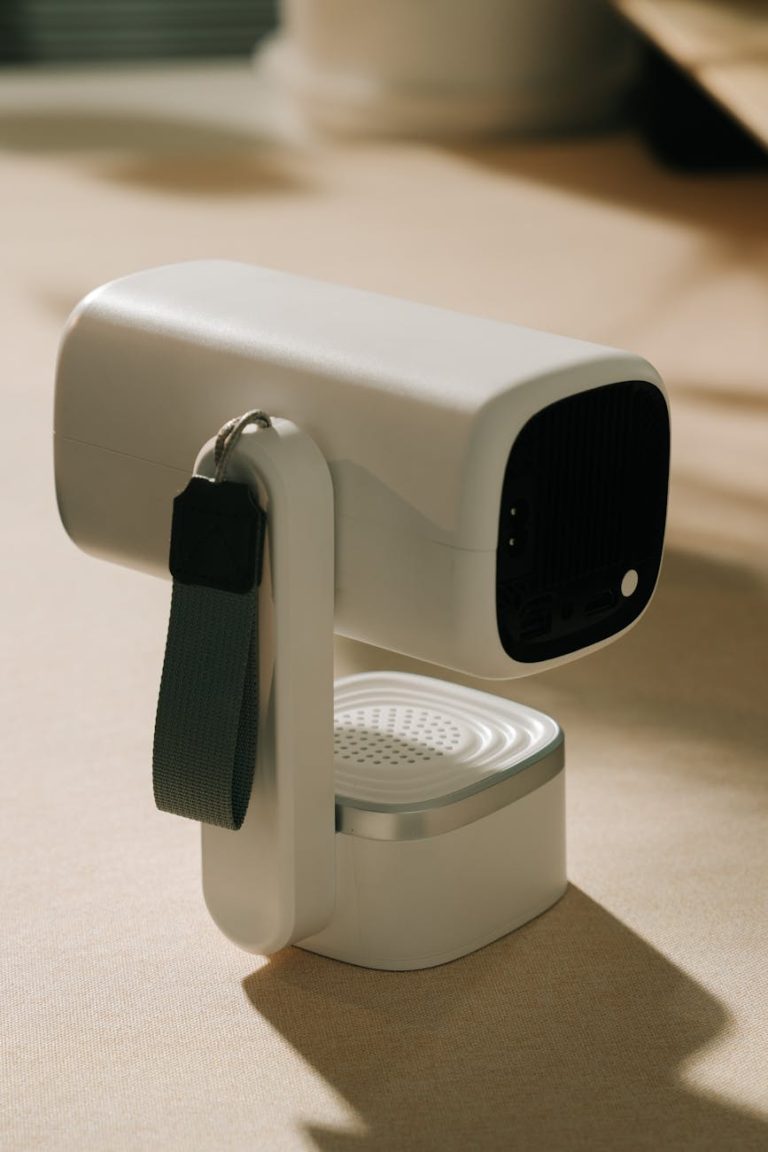As technology advances, 4K/8K projectors have become increasingly popular, offering unparalleled picture quality and cinematic experience in both home theaters and professional setups. However, to truly maximize the potential of these high-resolution projectors, proper calibration is essential. Calibration ensures that your projector displays accurate colors, brightness, and contrast, resulting in a crisp and vibrant image quality. In this article, we will delve into essential tips for calibrating your 4K/8K projector to achieve stunning visuals.
Understanding Calibration Basics
Before diving into the calibration process, it is crucial to understand the basic concepts involved. Calibration involves adjusting various settings on your projector to ensure colors are accurate, brightness levels are optimal, and the image is sharp and clear. Most projectors come with preset modes such as “cinema,” “vivid,” or “standard,” but these settings may not always produce the best results. By calibrating your projector, you can tailor the image to suit your specific viewing environment and preferences.
Choosing the Right Calibration Tools
To calibrate your 4K/8K projector effectively, you will need the right tools. While professional calibration tools are available, you can also opt for consumer-friendly options such as calibration discs or software. These tools typically come with test patterns and instructions to help you adjust settings like brightness, contrast, color temperature, and sharpness. Investing in a calibration tool is a worthwhile effort to achieve optimal image quality from your projector.
Adjusting Color Settings
Color accuracy is paramount when calibrating a projector. Start by adjusting the color temperature to ensure whites appear neutral without any color casts. You can fine-tune the color settings further by adjusting the color, tint, and saturation levels. Use test patterns to help you achieve accurate skin tones, vibrant colors, and natural-looking images. Remember that subtle adjustments can make a significant difference in image quality.
Optimizing Brightness and Contrast
Proper brightness and contrast settings are vital for achieving a balanced and dynamic image. Begin by adjusting the brightness level to ensure black levels are deep and dark scenes are detailed. Next, adjust the contrast to achieve a vivid image with sufficient detail in highlights. Striking the right balance between brightness and contrast will enhance the overall visual experience and prevent image distortion or loss of detail.
Fine-Tuning Sharpness and Clarity
Sharpness and clarity are crucial for displaying a detailed and crisp image on your projector. Avoid over-sharpening the image, as this can introduce artifacts and detract from the viewing experience. Use test patterns to find the optimal sharpness level that maintains image detail without creating unwanted artifacts. Additionally, adjust the focus of your projector to ensure the image is clear and sharp across the entire screen.
Regular Maintenance and Recalibration
Calibrating your projector is not a one-time task. Environmental factors, lamp aging, and software updates can affect your projector’s performance over time. It is essential to regularly recalibrate your projector to maintain optimal image quality. Consider recalibrating your projector every few months or after significant changes in your viewing environment to ensure consistent and impressive visuals.
In conclusion, proper calibration is key to unlocking the full potential of your 4K/8K projector, delivering stunning image quality that will elevate your viewing experience. By following the essential tips outlined in this article, you can ensure that your projector displays accurate colors, optimal brightness, and crisp details for a truly immersive cinematic experience. Invest the time and effort in calibrating your projector, and you will be rewarded with breathtaking visuals that rival the quality of a professional movie theater.





